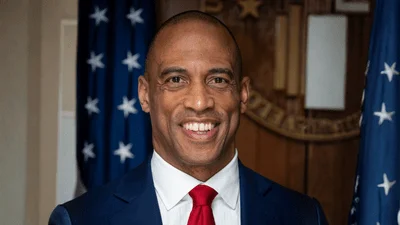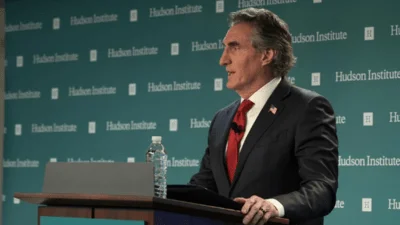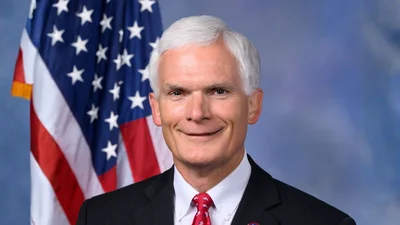The Congressional Budget Office (CBO) has provided nonpartisan budget and economic analyses to Congress since it was established in 1974. The CBO mission is to offer objective information to aid in effective policy-making.
However, a recent policy paper by Hayden Dublois and Trevor Carlsen questions the CBO's track record. The authors are policy experts at the Foundation for Government Accountability (FGA), a Florida-based policy organization that works with Congress and state legislators.
Dublois and Carlsen's paper, titled "Scoring CBO’s Scores: Ten of the Worst CBO Blunders of the 21st Century So Far," presents a detailed examination of instances where the CBO's projections have notably missed the mark. The authors argue the inaccuracies have had important impacts on legislative decisions, resulting in sometimes misguided policies based on flawed data.
One example cited is the CBO's analysis of the Affordable Care Act (ACA). The CBO projected that 21 million people would enroll in the ACA's insurance exchanges by 2016. In reality, only about 10 million enrolled by that time, a discrepancy of more than 50%.
Another misstep highlighted in the paper involves the CBO's assessment of the American Recovery and Reinvestment Act (ARRA) of 2009. The CBO estimated that the stimulus package would create between 1.2 million and 3.6 million jobs. However, subsequent analyses suggest that the actual number of jobs created was below or on the lower end of the CBO range.
The authors also point to the CBO's projections regarding the Medicare prescription drug benefit (Part D). The CBO estimated that the cost of Part D would be $552 billion from 2004 to 2013. The actual cost was approximately $358 billion, nearly 35% less than projected. While an underestimation of costs might seem favorable, the authors say such substantial forecasting errors could affect budgetary allocations and policy formulations.
These and other examples detailed in the FGA paper may be leading to increasing suspicion of the CBO's analyses among members of Congress and policy groups. The authors contend that such inaccuracies undermine the legislative process, as lawmakers depend on precise data to make informed decisions on policies that impact millions of Americans.
The CBO maintains that its analyses are based on the best available data and methodologies. The agency employs a team of approximately 275 staff members, primarily economists and public policy analysts.
Critics, including Dublois and Carlsen, argue that while some forecasting errors are understandable, the magnitude and frequency of the CBO's miscalculations are concerning. They suggest that common errors can lead to either an overestimation or underestimation of the impacts of significant legislation, resulting in policies that may not effectively address the issues they aim to solve.
The CBO has made efforts to enhance transparency by publishing more detailed explanations of their methodologies and assumptions. They have also engaged in regular reviews and updates of their models to incorporate the latest economic data and research.
Within Congress, there have been calls for increased transparency and accountability in the CBO's processes. Some lawmakers advocate for reforms that would allow for a broader range of economic models and assumptions to be considered, providing a more comprehensive view of potential policy outcomes. Some outside organizations are even working to create open-source models to challenge CBO’s scores and methodologies.









